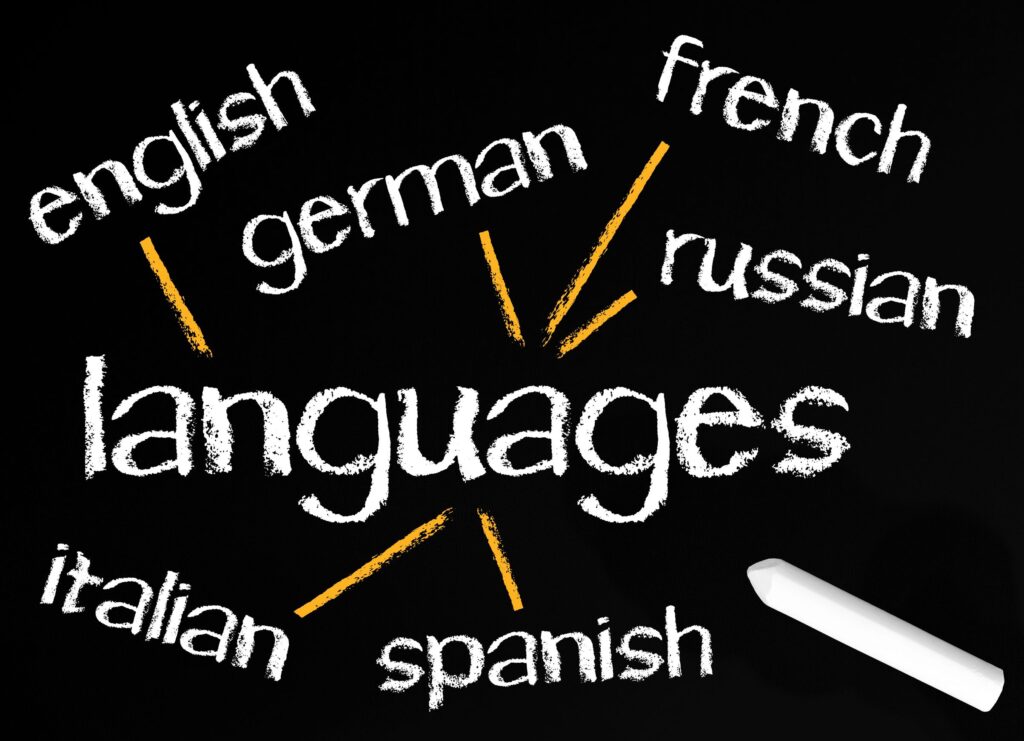The translation industry is changing rapidly. With the rise of globalization, more and more people are traveling to different countries – which means they need translations for their business meetings or just trying to communicate with locals. This has led to a spike in demand for translators, who now have many options for working remotely or on-site. And if you work on-site, you’ll want to know about the latest trends in this industry!
In 2022, the translation industry will be even more globalized than it is today. The internet has made it easier for translators to connect with each other and share resources, so companies are able to find the best translator for the job regardless of location. Translation technology has also come a long way in recent years; software can now automatically translate text between languages, which means that translations are becoming faster and more accurate.
However, human translators will still be necessary in many cases despite these advances. Automated translations can’t always handle nuances and cultural differences, so human translators will play an essential role in the translation industry. Their skills may become even more valuable as automated translations handle basic translations.
So what does this mean for translators and translation companies? Here are a few predictions:
The demand for translations will continue to grow as more and more people need to communicate with others in different languages.
Translation technology will improve, making translations faster and more accurate. However, human translators will still be necessary in many cases.
Translation companies will become increasingly globalized, and they will use technology to connect with translators worldwide.
Translators will have more options when it comes to working remotely or on-site. They may also specialize in certain types of translations (legal, medical, etc.), which will make them even more valuable to companies.
Technology and Globalization in the Translation Industry
Translators and language service providers have made worldwide communication possible for thousands of years. On the other hand, the industry has only recently exploded into what it is today. Today’s translation trends are closely linked to how globalization is altering people’s lives and businesses. In 2022, technology will no longer be a barrier to connecting with translators and other language service providers around the world.
The globalization of businesses means that more people need access to information about different languages and cultures than ever before. In fact, according to Forbes magazine, “Translation services are growing at twice the rate of the global economy.” This is good news for translators and language service providers and companies who rely on translations to conduct business internationally.
Technology has been one of the main drivers behind this growth, making it possible for people to communicate with others regardless of their location or language skills. In particular, online tools such as Skype and Google Translate have helped facilitate communication between businesses and their customers worldwide. And while machine translation still has some way to go before it can completely replace human translators, its capabilities are constantly improving.
In 2022, we can expect to see even more technological advancements in the translation industry. Translation software will become faster and more accurate, making it possible for companies to obtain translations quickly and easily. At the same time, human translators will continue to be necessary for tasks that automated translations cannot handle (such as translating complex texts or handling cultural nuances).
Rise of Videos and Podcasts
In addition to written translations, the industry will see an increase in video and audio translations. This is due to the rise of multimedia content such as videos and podcasts. According to a study by Wyzowl, “81% of businesses said that they now create at least some video content.” And this number is only going to continue to grow in 2022.
As more and more businesses start using videos and podcasts for marketing purposes, the demand for translation services will also increase. Translation agencies will need to have staff who are skilled in translating multimedia content. In particular, they will need translators who are familiar with both the subtitling and dubbing processes.
So if you’re looking for a career in translation, make sure you’re up to date on the newest trends and developments in multimedia content.
E-Learning and Translation
In 2022, the translation industry will see a strong demand for e-learning and educational materials. Businesses are increasingly turning to e-learning programs as a cheaper alternative to traditional workplace training. In fact, according to Statista, “eLearning is expected to grow at an average annual growth rate of 15 percent from 2017–2022.”
As more businesses turn to online learning tools such as video courses and interactive quizzes, they will need translations in order to reach their global audiences. For example, companies that offer distance learning or other online education services may want translators who can help them create course content in different languages (such as Spanish). Therefore, if you’re interested in working with technology but don’t necessarily have experience translating multimedia files – it might be worth considering a career in e-learning.
What are the trends that drive growth in the translation industry?
The globalization of businesses means that more people need access to information about different languages and cultures than ever before. Technology has been one of the main drivers behind this growth, making it possible for people to communicate with others regardless of their location or language skills.
In 2022, we can expect to see even more technological advancements in the translation industry. Translation software will become faster and more accurate, making it possible for companies to obtain translations quickly and easily. At the same time, human translators will continue to be necessary for tasks that automated translations cannot handle (such as translating difficult texts or handling cultural nuances).
Another trend that will drive growth in the translation industry is multilingual customer support. According to a report by Google and L’Oréal, “84% of consumers prefer to contact companies through messaging apps on their smartphones.” And this number has only been increasing since then.
In fact, according to an article published on Mckinsey & Company’s website: “More than 800 million people conduct mobile banking sessions each month via smartphone.” This includes checking balances and transferring money between accounts. As more people use their phones for everyday tasks such as managing finances or contacting customer services – they will look for businesses who can provide them with these services in the language(s) they understand (like English). In some cases, customers may ask questions in their native language even using an English-language app.
Therefore, businesses that want to provide a multilingual customer support experience must partner with translation agencies. Translation agencies can provide businesses with the resources necessary to offer customer support in multiple languages. They can also help enterprises to localize their apps and websites for different global markets.
That’s everything you needed to know about the translation industry in 2022. We hope that this post has been helpful, and we’re excited to see how these trends will affect global business over the next five years. If there are any questions or comments, please feel free to reach out!



